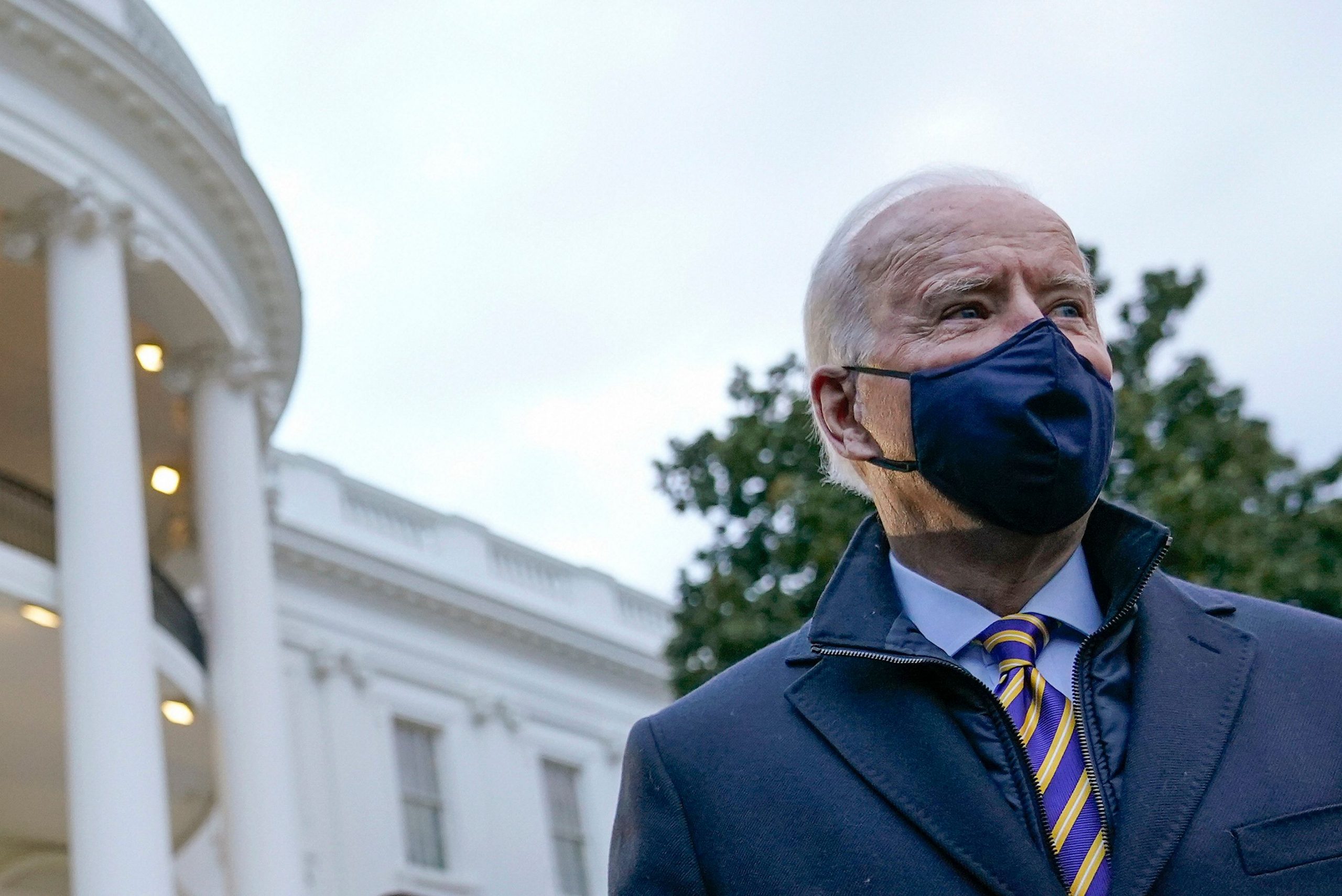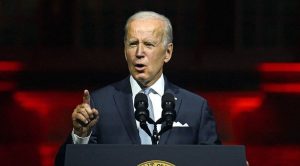The US House of Representatives on Saturday passed President Joe Biden’s $1.9 trillion COVID-19 relief bill, which is expected to provide aid to the COVID- distressed economy. The vote comes as the number of deaths in the US touched 500,000. The bill will now go to the evenly-divided Senate, which has already blocked doubling the US minimum wage to $15 per hour.
The relief package seeks to boost inoculations and testing and will give financial aid to households, small businesses and state governments. As per a report by BBC, here are some key elements of the bill that you must know:
1. The bill calls for a $1,400 cheque per person, with payments phasing out for people with higher income- at $75,000 for one person and couples making more than $150,000.
Also read: ‘A giant step forward,’: Nancy Pelosi ahead of House voting on $1.9 trillion relief plan
2. The stimulus plan seeks to help more than 11 million unemployed people with a $246 billion financial fund. It will extend job benefits till the end of August this year. It also boosts the weekly amount received by workers through state unemployment plans.
3. Parents of children under the age of 18 will receive a year of monthly benefits. The measure will temporarily increase child tax credit from $2,000 annually to as much as $3,600.
4. $50 billion has been secured to improve testing centres and another $20 billion will boost the national vaccination campaign by hiring new workers for administering the shots and setting up community centres.
5. The bill will support schools and universities financially with $170 billion. This will include buying masks and cleaning supplies and upgrading ventilation systems.
6. The bill promises a $110 billion grant for small businesses. This includes $25 billion for restaurants and bars, $15 billion for airlines, $8 billion for airports, $30 billion for transit, $1.5 billion for Amtrak and $3 billion for aerospace manufacturing.
7. At least $500 million to be given to every state so that local governments, which are facing higher expenses and lower revenues due to the economic downturn.






